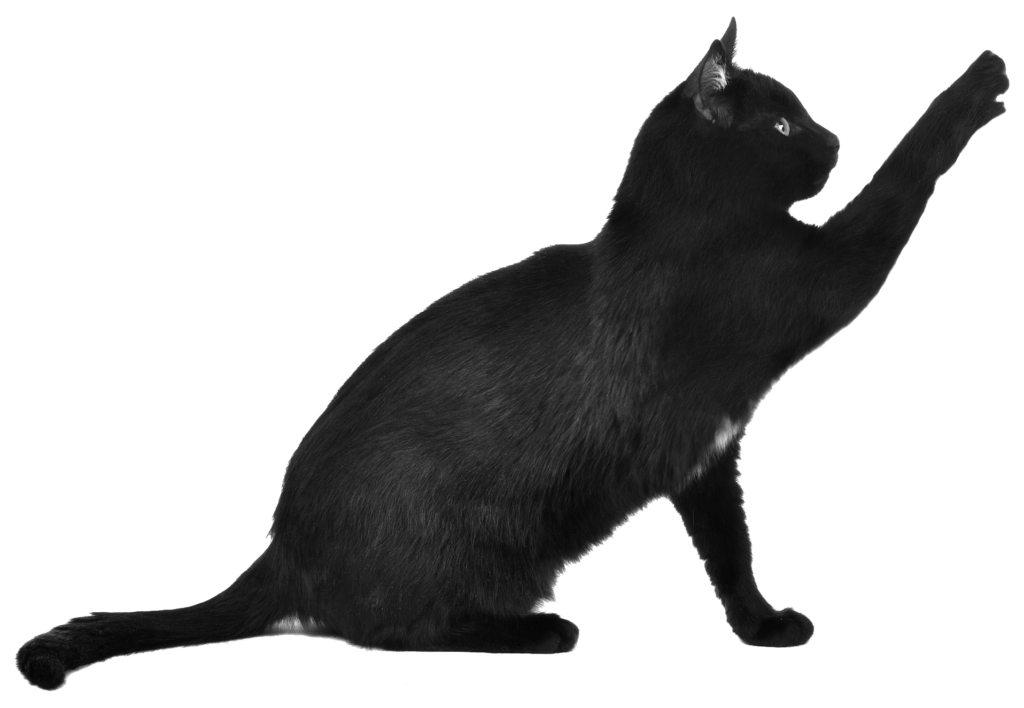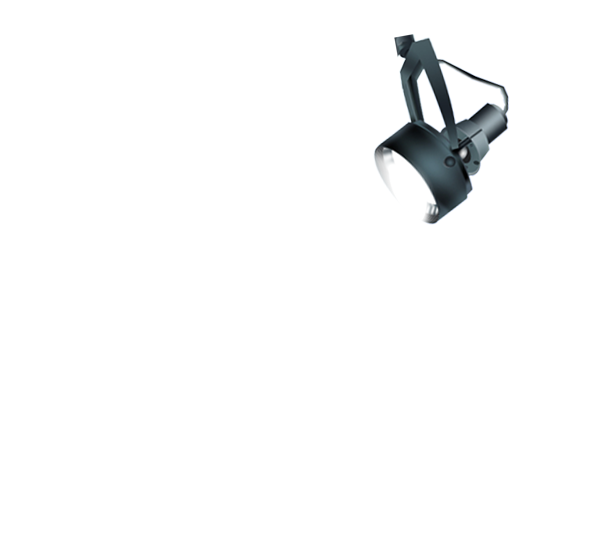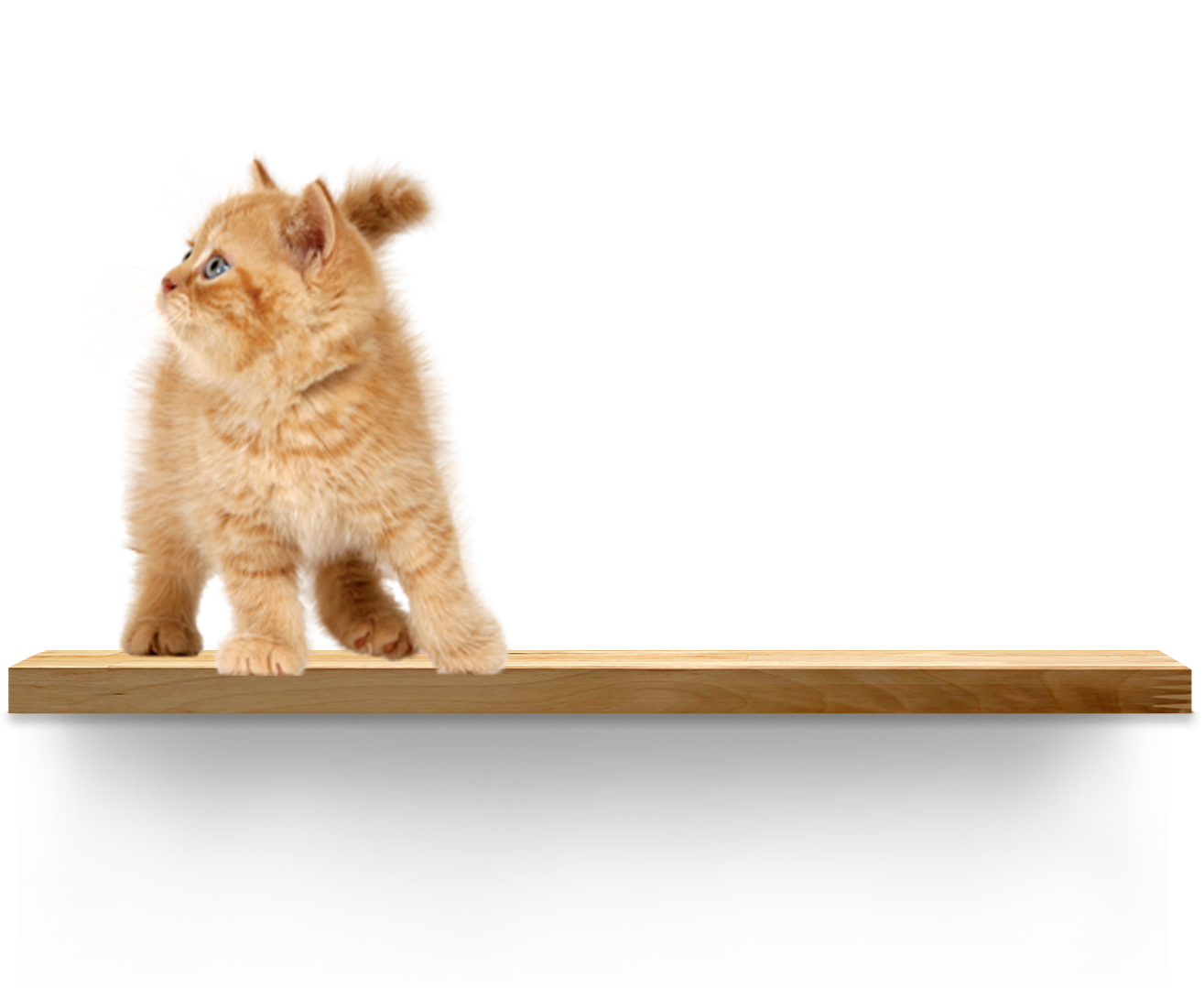

Cat Supply Checklist


Cat Nutrition Tips
Adult cats should eat enough of a high-quality, nutritious food to meet their energy needs and to maintain and repair body tissues. The amount you feed your adult cat should be based on his or her size and energy output. Activity levels vary dramatically between pets and will play an important role in determining caloric intake.
Cats begin to show visible age-related changes at about seven (7) to twelve (12) years of age. There are metabolic, immunologic and body composition changes as well. Some of these are unavoidable, whilst others can be managed with diet.

Cat Grooming Tips
A clean cat is a happy cat
Bathing Your Cat
With their built-in grooming tools (tongue and teeth), your fastidious feline is well-equipped to tackle their own hair care needs. But if they are very dirty or get into something sticky or smelly, you may need to give them a bath.
Follow these steps to ensure minimal stress and maximum efficiency:
Because of the wide ranges of causes, cats of all ages and breeds are susceptible to issues involving skin. Young, elderly, immunocompromised and cats living in overcrowded, stressful environments may be more susceptible to skin problems than others.
To Prevent Skin Problems
To Treat Skin Problems

Litter-Box Management
Regardless of what you do to solve your cat’s litter box problems, here are a few things to avoid:
